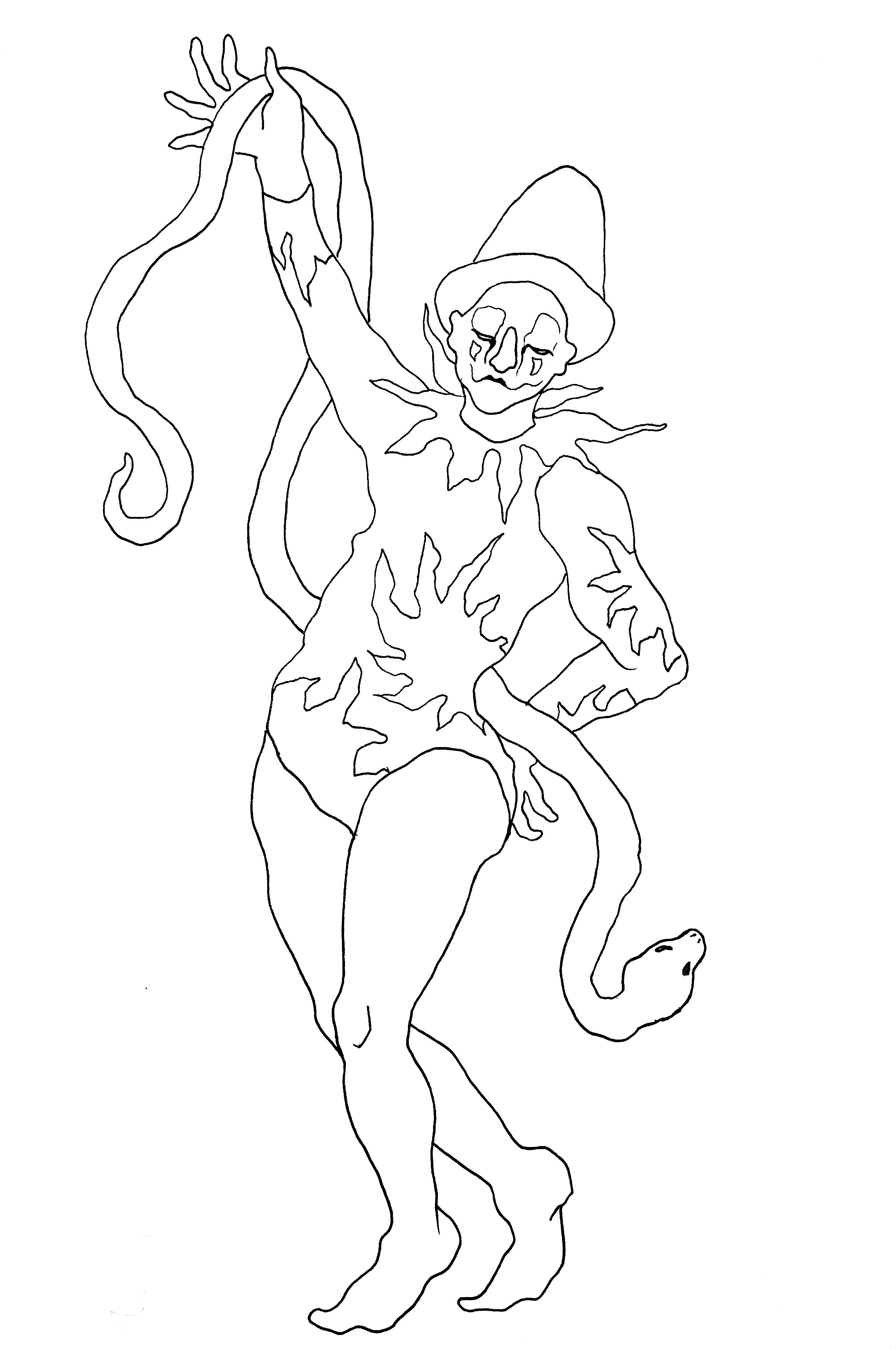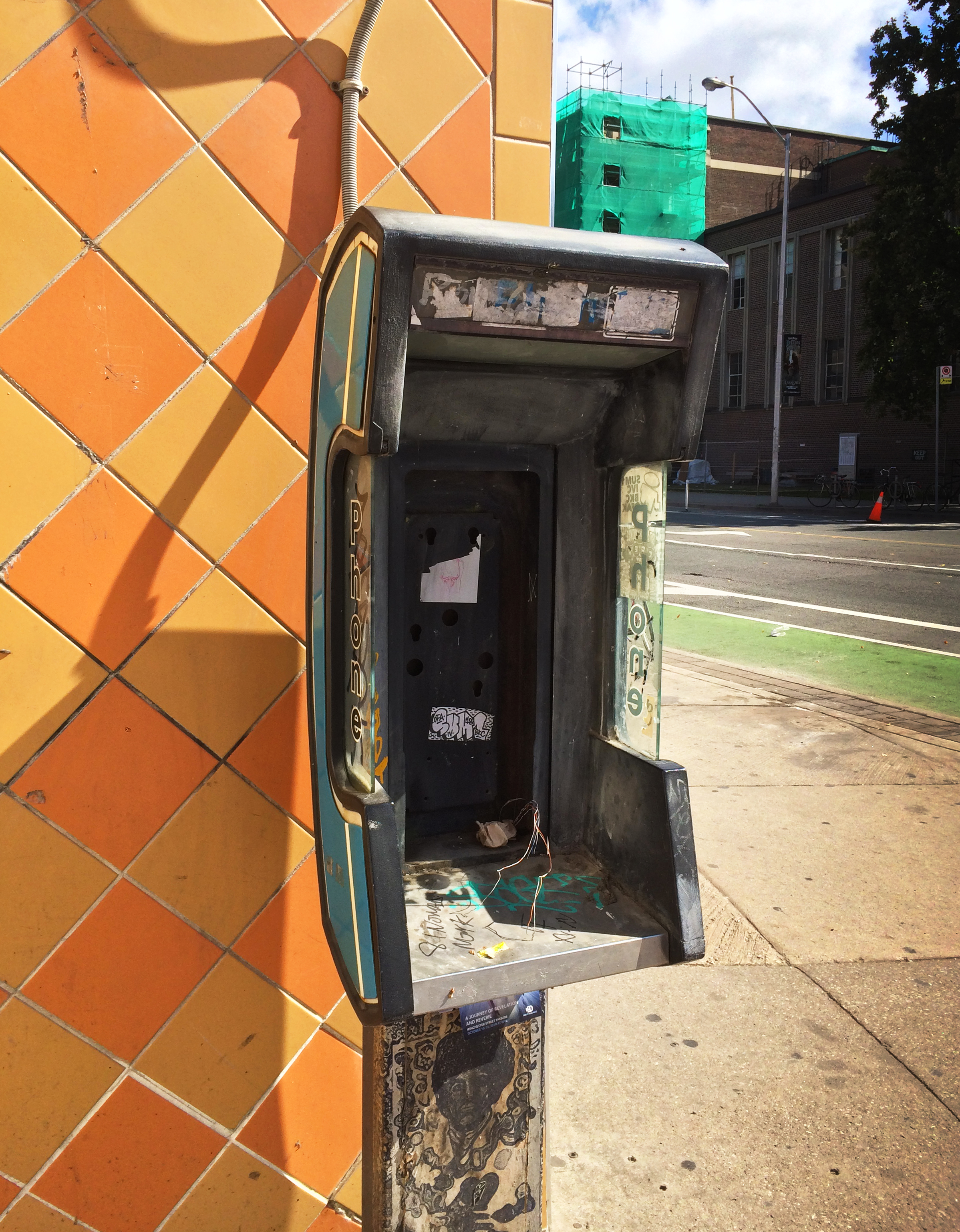|
The Toronto-specific page of payphone-directory.org diligently lists 6,647 pay phones across the megacity — their associated outlets, addresses, and most importantly — their phone numbers. The page is useful but arcane, listing locations drawn from another world altogether: Mr. Milk, Golden Sea Video, Corporate Cravings, Busy Bee Smoke Shop, Peanut Plaza. Hundreds of hospitals and hairdressers; scores of 7-Elevens and their sequential bootlegs, 8- and 9-11.
My first apartment was a damp Toronto basement with the absurdly low rent of $200 a month. But with my teen job and tuition, I still looked constantly for ways to save money. One way was to have neither phone nor internet, which in 2006 was pushing it a little. But there were pay phones everywhere, all with healthy ring tones and glossy handsets. Booths with semi-frosted doors, cozy at night if the bulbs hadn’t broken or burned out. Sometimes they smelled strongly of human piss, but a light rainfall fixed that. I’d spend up to an hour on the phone at the end of my street, giving the number out to a friend if they needed to call back in a few minutes. I sat on the hanging shelf of plastic-encased phone books, reading a magazine, waiting for the call. It always struck me as a great trick that you could call a pay phone for free; that it would ring where it stood, in the parking lot of Mr. Milk or the basement of Peanut Plaza. The end of a short street in Toronto’s east end. Once, someone said they’d tried to call me, but my phone just rang and rang. Didn’t I have voicemail? I didn’t have voicemail.
Recently, I looked up some of the phones listed on payphone-directory.org, navigating to the ones located deep in the city’s wings via Google Street View. Not all of them were outside, but when I spotted one I’d been looking for, I thrilled. I wrote down the addresses and went to find them, but I should’ve called first. Many of these Google-documented phones were either decommissioned or removed altogether, drill holes in walls plastered over. Indoor and out, most of the single — let’s say “quaint” — phones had been extracted like a bad tooth.
There are still lots of pay phones around. All local subway stations have at least one on each platform, and typically a bank of two or three near entrances and exits. Notable cross-streets host a few heavily stickered and graffitied Bell pay phones, stripped of their booths, back-to-back. But in a few instances, the absent phone has left an outline or a shell. Something that gives the empty space substance, marked in the holes and oxides left by an object with the power to transmit human voices.

It isn’t always that we see traces of the razed. Resisting the low-key analgesic of nostalgia, I don’t mourn the loss of something simply because it was ubiquitous and then not: phone booths, diners, floppy disks. We are not required to honour something that once existed, just because it did. But payphone-directory.org — a phone book for the un-phoned, a map for those who had, presumably, no landline or mobile — is worth mourning. The phone booth, the quarter-per-call pay phone, wasn’t only for making and taking calls. It was a retreat from an unremitting public for those who did not have the privilege of a workplace or a safe and constant home. It was a place to urinate behind closed, if somewhat translucent, doors.
I am sure we all see the plastic bottles that sit on sidewalks, filled with amber fluid. These are the real ghosts of the phone booths, because I am loath to call the people who made passing homes of them anything but human. They are still alive, but somewhere else, sending and receiving messages using a new directory that I have yet to find.
Naomi Skwarna is a writer and artist. Follow her here for jokes and here for shapes and colour.
< Contents  Next > Next >
|


